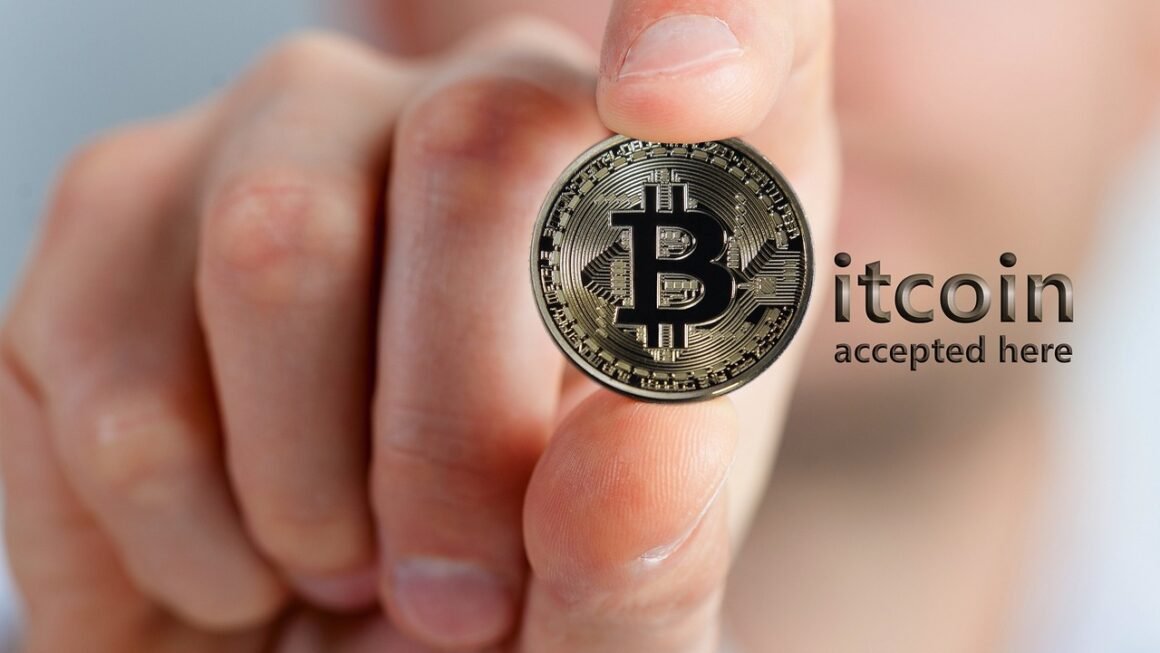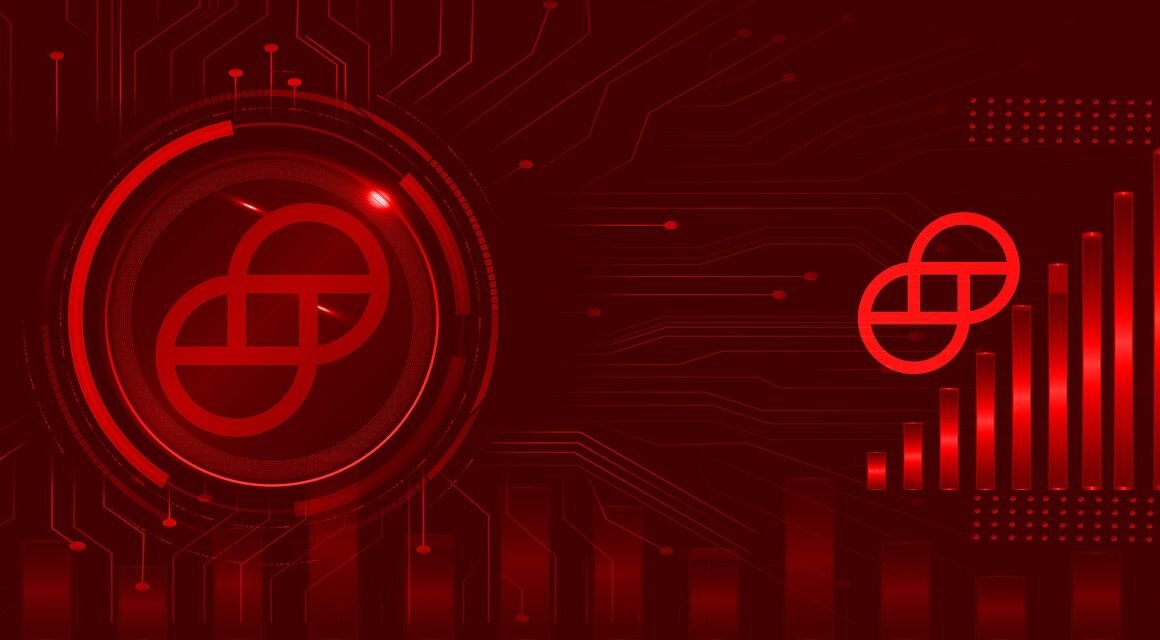Web3: The next evolution of the internet promises a decentralized, user-centric experience, poised to reshape how we interact with technology and each other online. Forget the centralized platforms of Web2, dominated by tech giants. Web3 envisions a future where individuals have greater control over their data, identity, and digital assets, fueled by blockchain technology, cryptocurrencies, and decentralized applications (dApps). Let’s dive into the core concepts of Web3 and explore its potential impact.
Understanding the Fundamentals of Web3
What is Web3?
Web3, often referred to as Web 3.0, represents the next iteration of the internet. It’s built on decentralized technologies like blockchain, aiming to address the shortcomings of Web2, such as data privacy concerns and centralized control. Key characteristics of Web3 include:
- Decentralization: Power is distributed across a network instead of being concentrated in the hands of a few large corporations.
- Transparency: Blockchain technology provides a transparent and immutable record of transactions and data.
- User Empowerment: Users have more control over their data, identity, and digital assets.
- Artificial Intelligence and Machine Learning: Utilizes AI and ML to offer more intelligent and personalized experiences.
- Semantic Web: Focuses on making web data more understandable and interconnected for computers and users.
Web1 vs. Web2 vs. Web3: A Comparison
Understanding the evolution of the internet is crucial for grasping the significance of Web3:
- Web1 (1990s – early 2000s): The “read-only” web. Static HTML pages with limited interaction. Users primarily consumed content. Example: Early personal websites and online encyclopedias.
- Web2 (Mid-2000s – present): The “read-write” web. Characterized by social media, user-generated content, and interactive web applications. Example: Facebook, Twitter, YouTube. However, data is largely controlled by centralized corporations.
- Web3 (Present – Future): The “read-write-own” web. Users have ownership over their data and digital assets, powered by blockchain and decentralized technologies. Example: Decentralized social networks, NFT marketplaces, and blockchain-based games.
Key Technologies Powering Web3
Several technologies converge to enable the Web3 ecosystem:
- Blockchain: A distributed, immutable ledger that records transactions across a network. Provides transparency and security.
Example: Ethereum blockchain for smart contracts and dApp development.
- Cryptocurrencies: Digital or virtual currencies secured by cryptography. Enable decentralized payments and incentivize network participation.
Example: Bitcoin, Ethereum, Solana.
- Smart Contracts: Self-executing contracts written in code and stored on the blockchain. Automate processes and enforce agreements without intermediaries.
Example: Automated escrow services, decentralized finance (DeFi) applications.
- Decentralized Autonomous Organizations (DAOs): Internet-native organizations governed by smart contracts and community voting.
Example: DAOs managing decentralized projects, investment funds, and online communities.
- NFTs (Non-Fungible Tokens): Unique digital assets representing ownership of items like art, music, and virtual real estate.
Example: Digital art collectibles, in-game assets, virtual land ownership.
Exploring Web3 Applications
Decentralized Finance (DeFi)
DeFi aims to recreate traditional financial services using blockchain technology. Key applications include:
- Decentralized Exchanges (DEXs): Platforms for trading cryptocurrencies without intermediaries.
Example: Uniswap, SushiSwap.
- Lending and Borrowing Platforms: Platforms that allow users to lend and borrow cryptocurrencies.
Example: Aave, Compound.
- Yield Farming: Earning rewards by providing liquidity to DeFi protocols.
- Stablecoins: Cryptocurrencies pegged to a stable asset like the US dollar, providing price stability.
Decentralized Social Networks
Web3 offers the potential for social networks where users own their data and content.
- No Centralized Control: Users have direct control over their data and profiles.
- Censorship Resistance: Content is less susceptible to censorship from centralized platforms.
- Tokenized Incentives: Users can earn tokens for creating and engaging with content.
- Examples: Mastodon, Lens Protocol, Minds.
NFTs and the Metaverse
NFTs are revolutionizing the way we own and interact with digital assets, particularly in the metaverse.
- Digital Ownership: NFTs provide verifiable ownership of digital items.
- Unique Assets: NFTs can represent a wide range of digital assets, including art, music, and virtual land.
- Metaverse Integration: NFTs are used to buy, sell, and trade virtual items in metaverse environments.
- Examples: Virtual land in Decentraland, digital art on OpenSea, in-game assets in Axie Infinity.
Gaming and Play-to-Earn
Web3 is transforming the gaming industry with play-to-earn (P2E) models.
- Player Ownership: Players own in-game assets as NFTs.
- Earning Opportunities: Players can earn cryptocurrencies and NFTs by playing games.
- Decentralized Gaming Platforms: Games are built on blockchain, providing transparency and security.
- Examples: Axie Infinity, The Sandbox, Splinterlands.
Benefits and Challenges of Web3
Advantages of Web3
Web3 offers numerous potential benefits:
- Increased Privacy: Greater control over personal data and reduced reliance on centralized platforms.
- Enhanced Security: Blockchain technology provides strong security against hacking and data breaches.
- Greater Transparency: Transactions and data are recorded on a public, immutable ledger.
- Decentralized Governance: DAOs allow for community-driven decision-making.
- New Economic Opportunities: Creates new ways for individuals to earn income through DeFi, NFTs, and P2E gaming.
Challenges and Concerns
Despite its potential, Web3 faces several challenges:
- Scalability Issues: Blockchain networks can be slow and expensive to use, particularly during periods of high demand.
- Complexity: Web3 technologies can be complex and difficult for non-technical users to understand.
- Regulatory Uncertainty: The legal and regulatory landscape for Web3 is still evolving, creating uncertainty for businesses and users.
- Security Risks: Smart contracts are vulnerable to bugs and exploits, leading to potential financial losses.
- Environmental Impact: Some blockchain networks, like Bitcoin, consume significant amounts of energy.
Getting Started with Web3
Tools and Resources
To start exploring Web3, you’ll need a few essential tools and resources:
- Cryptocurrency Wallet: A digital wallet for storing and managing cryptocurrencies. Examples: MetaMask, Trust Wallet.
Tip: Always use a secure password and enable two-factor authentication for your wallet.
- Decentralized Applications (dApps): Web applications built on blockchain networks.
Tip: Explore different dApps in DeFi, gaming, and social media to understand the potential of Web3.
- Blockchain Explorers: Tools for viewing transactions and data on blockchain networks.
Example: Etherscan (for Ethereum), Blockchain.com (for Bitcoin).
- Learning Resources: Online courses, tutorials, and communities for learning about Web3 technologies.
* Example: Coursera, Udemy, CryptoZombies.
Tips for Navigating Web3
- Do Your Research: Before investing in cryptocurrencies or participating in DeFi protocols, conduct thorough research.
- Start Small: Begin with small amounts to familiarize yourself with the technology and reduce risk.
- Be Aware of Scams: Web3 is still a nascent space, and scams are prevalent. Be cautious and avoid suspicious offers.
- Stay Informed: Keep up with the latest developments and trends in the Web3 ecosystem.
Conclusion
Web3 is a transformative technology with the potential to reshape the internet and empower users in unprecedented ways. While still in its early stages, Web3 offers exciting possibilities for decentralized finance, social networking, gaming, and more. By understanding the fundamentals, exploring applications, and staying informed, you can position yourself to take advantage of the opportunities that Web3 presents. Embrace the evolution, proceed with caution, and contribute to the creation of a more decentralized and user-centric internet future.



